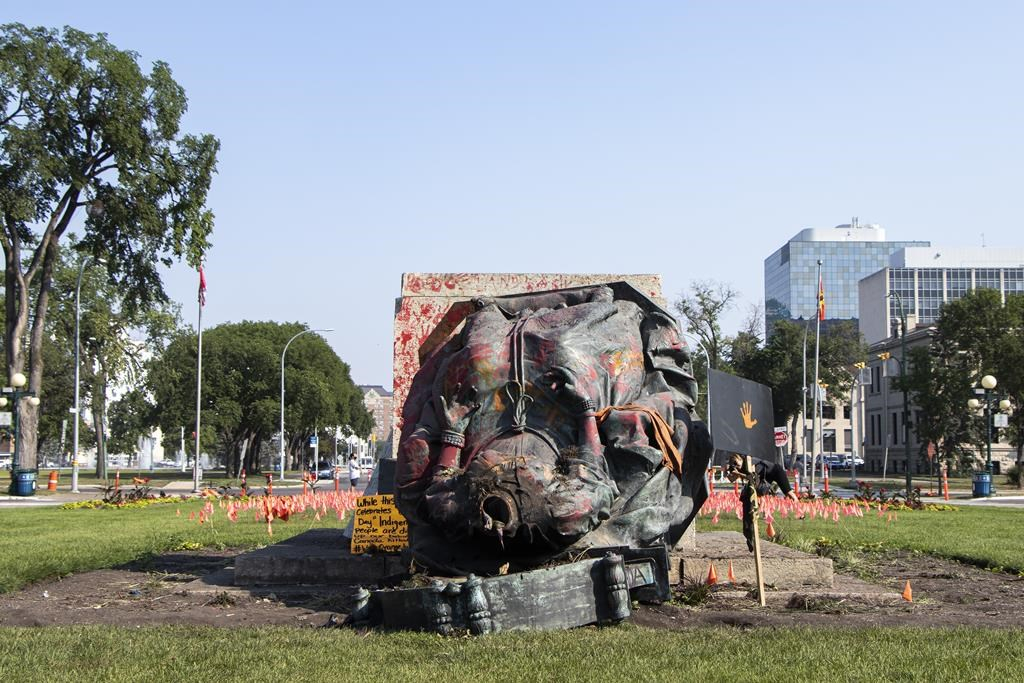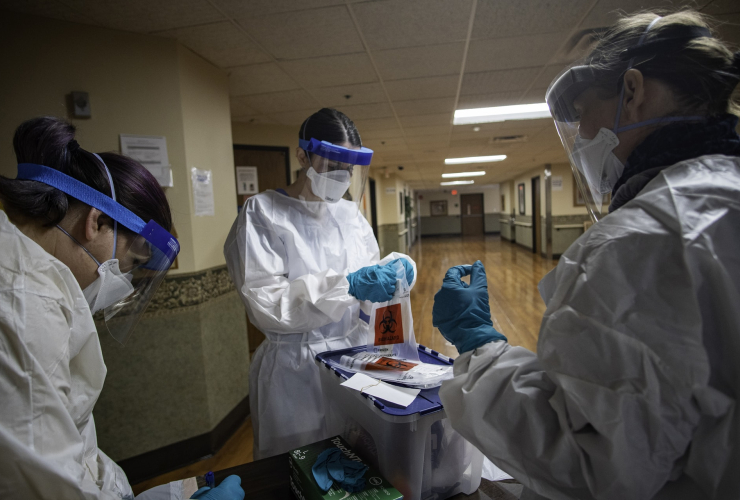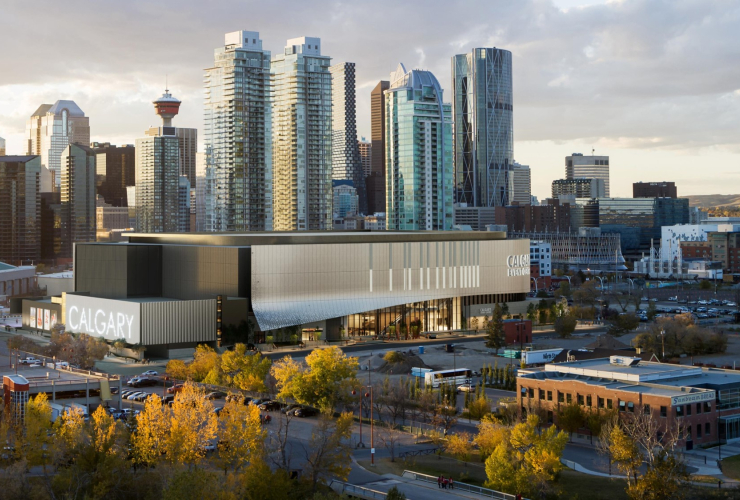Few might have foreseen it at the time, but the toppling of two statues on the Manitoba legislature grounds in July would end up having far-reaching effects on Manitoba politics.
The government's response to it — led by remarks that were repeatedly revised — would lead to the resignation of a cabinet minister, would prompt veiled criticism of then-premier Brian Pallister from government caucus members and may have hastened Pallister's departure from the premier's office.
"It's part of the moral duty of a politician, it seems to me, to not inflame social divisions but rather to seek to build consensus and support for the actions you propose to take," said Paul Thomas, professor emeritus of political studies at the University of Manitoba.
The two statues were tied with ropes and hauled to the ground during a demonstration on Canada Day over the deaths of Indigenous children at residential schools.
The statue of Queen Victoria, larger and placed prominently near the main entrance to the legislature grounds, had its head removed. A smaller statue of the Queen located close to the lieutenant-governor's residence was toppled but left largely intact.
The actions followed the discovery of unmarked graves and the remains of up to 215 children at the site of the former Kamloops Indian Residential School in British Columbia.
Grand Chief Arlen Dumas of the Assembly of Manitoba Chiefs was at a separate event when the statues were damaged.
"I don't condone the vandalism ... but I think the statues that were torn down, that was a symptom of a greater problem," Dumas, the son of a residential school survivor, recalled in a recent interview.
"People have to keep in mind what was happening to our communities in that moment."
The following week, Pallister denounced the vandalism at a lengthy press conference and called on people to build up instead of tear down. He said people who came to Canada, both before and after it was a country, did not come to destroy but to build communities, farms, businesses and churches.
The comments were widely condemned as a defence of colonialism. Pallister's Indigenous affairs minister, Eileen Clarke, resigned from the Progressive Conservative cabinet. Some caucus members took to social media to distance themselves from the remarks.
Clarke's replacement, Alan Lagimodiere, immediately landed in hot water when he said the original intentions behind residential schools were not all bad. While Lagimodiere and Pallister both apologized, the fallout continued as two Indigenous men resigned from government-appointed economic development agencies.
Pallister said at the time he was not speaking in defence of colonialism, that he was appealing to all people to work together, and his words were misunderstood and torqued by the media.
He has since revealed the comments had undergone several changes as part of a prepared statement.
"It was the fifth draft of that text," Pallister said in an interview with The Canadian Press shortly before he left office.
"And the third draft had 'the people who came here long before there was a Canada — Indigenous, non-Indigenous and Métis — didn't come to destroy, they came to build', and I took it out because it wasn't inclusive enough."
Some people wrongly assumed that in the final draft he used, he was saying only non-Indigenous people were builders, Pallister said, when he meant everyone.
Pallister left that July 7 press conference feeling he had spoken to unify people, unaware of the anger that awaited him.
"When we left the press conference, my assistant said 'that's the best press conference you've ever done.'"
While Pallister had hinted at leaving politics before the end of his term in 2023, he was widely expected to stay on for some time. He had said he would be premier until the pandemic ended and had talked about hosting his fellow premiers at a conference planned for October.
As for the statues, the government is still working to determine whether they will be repaired and where they might be located. The government had earlier committed to having a memorial to Chief Peguis, which would be the first statue of a First Nations person on the legislature grounds.
That project is still underway and will be welcomed by Dumas.
"I think this is an opportune time to correct some of the historic disrespect that has happened ... and actually create some statues that are truly reflective of what Manitoba truly is."
This report by The Canadian Press was first published Dec. 28, 2021.




Comments